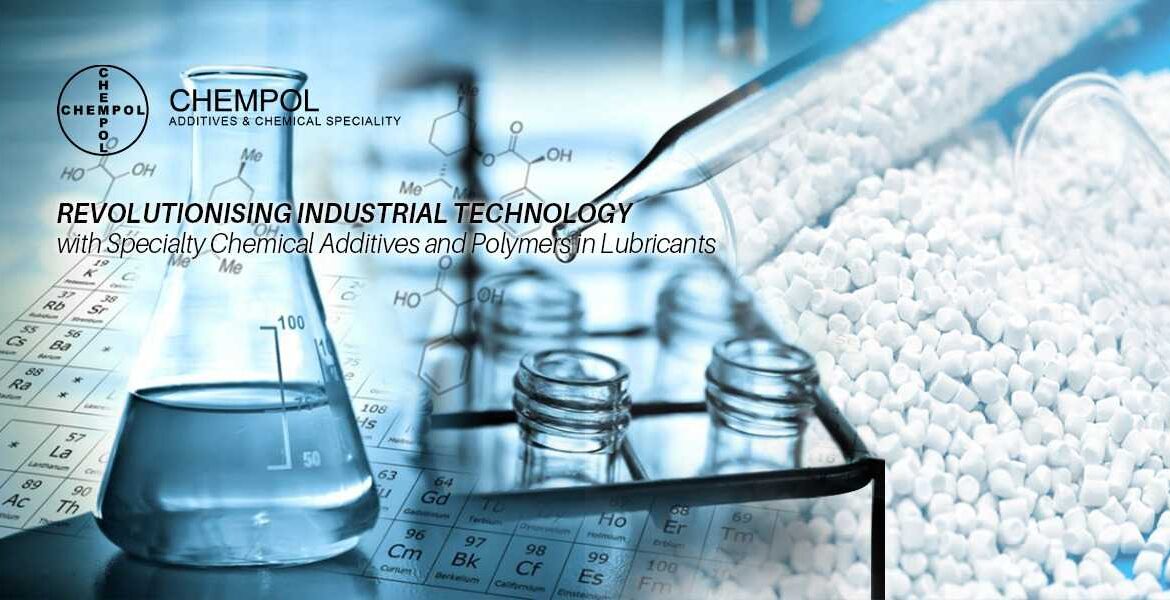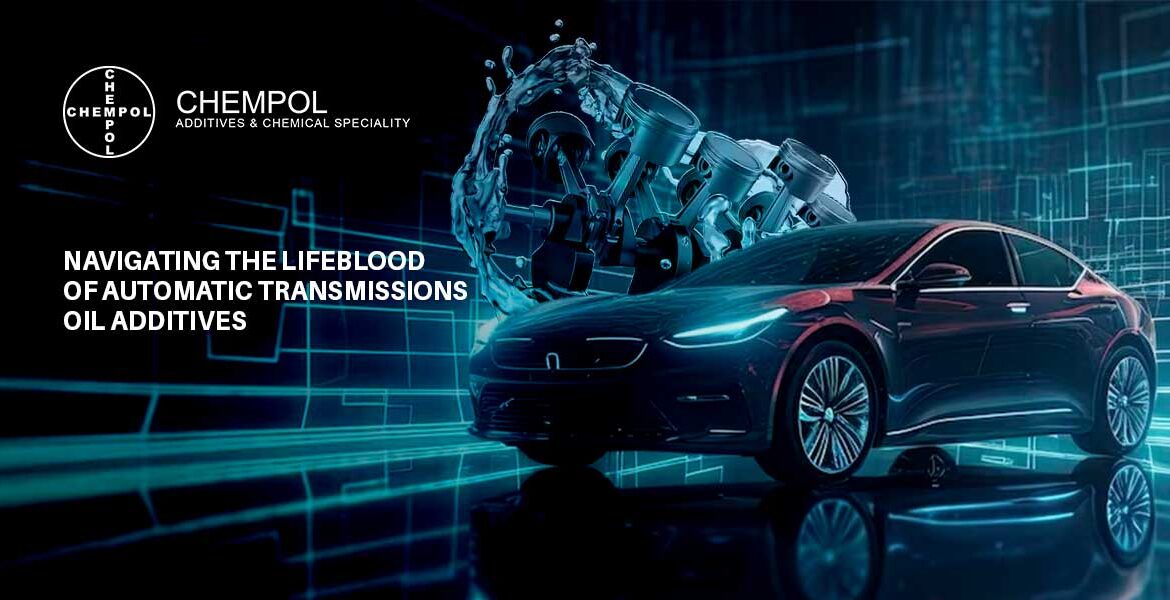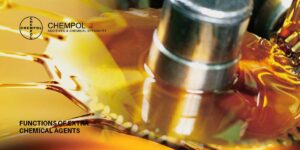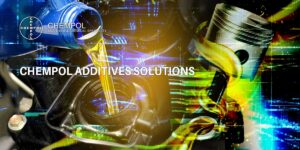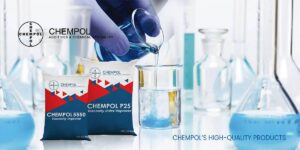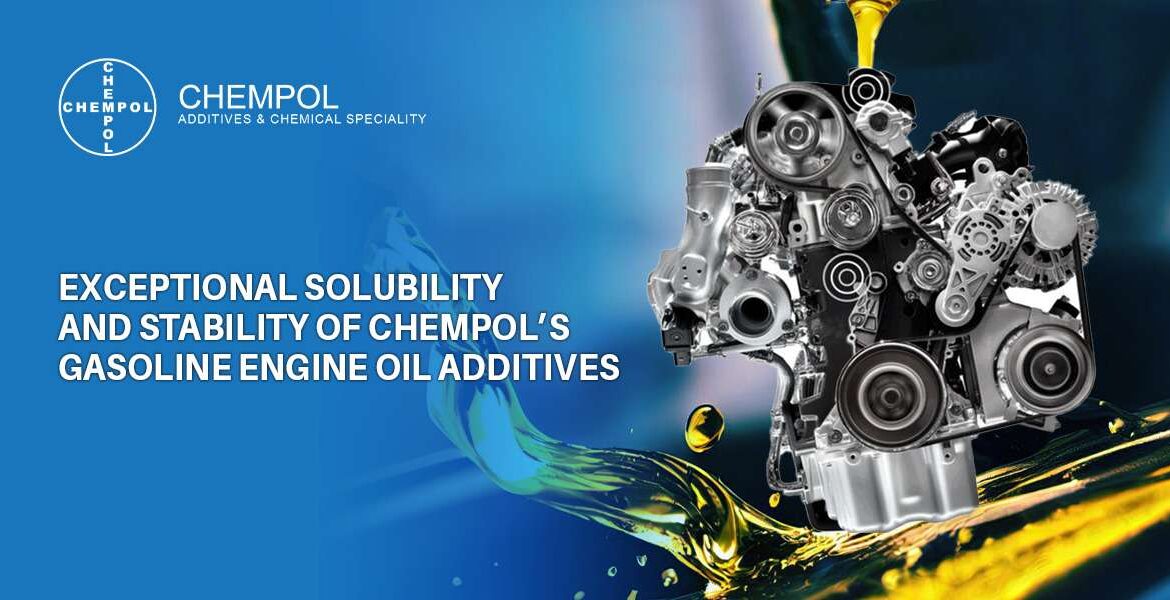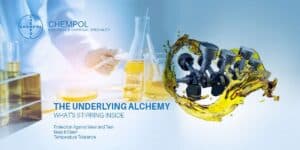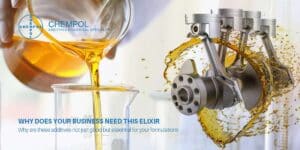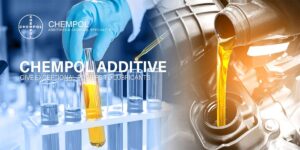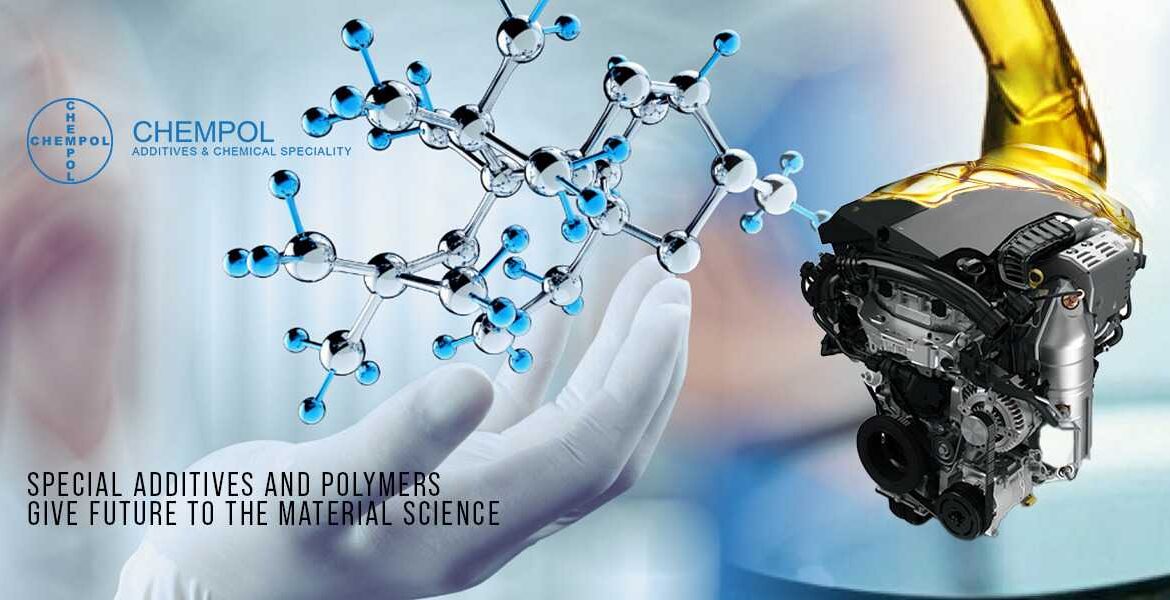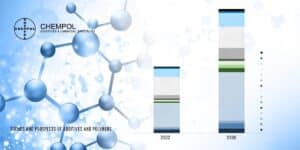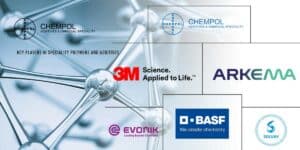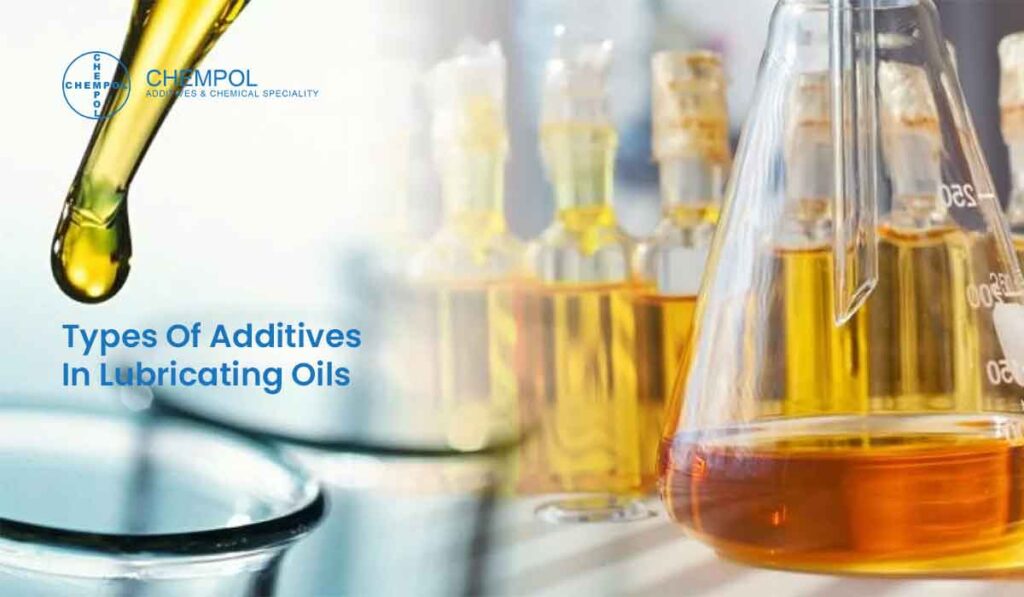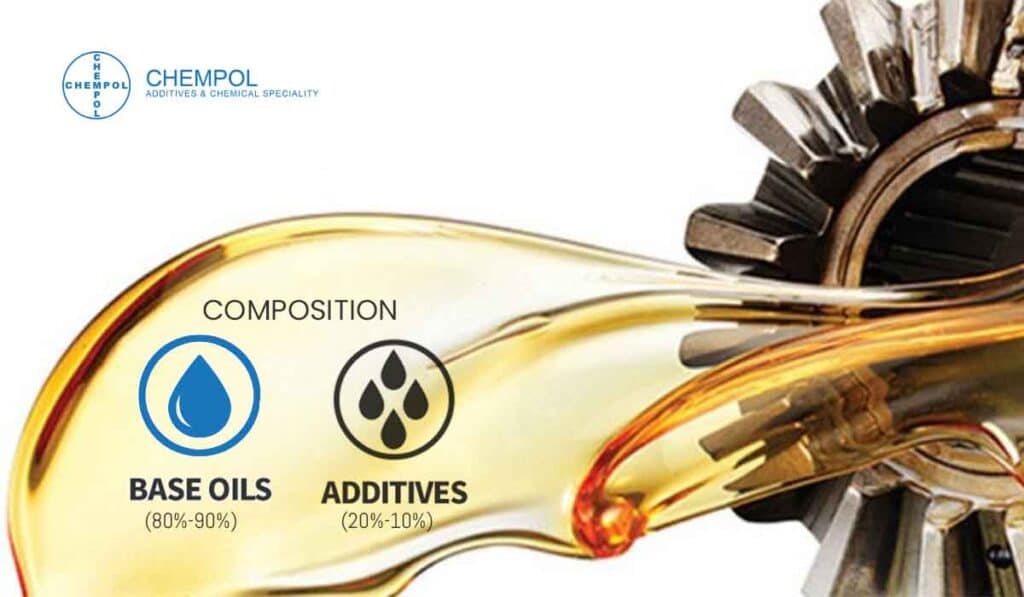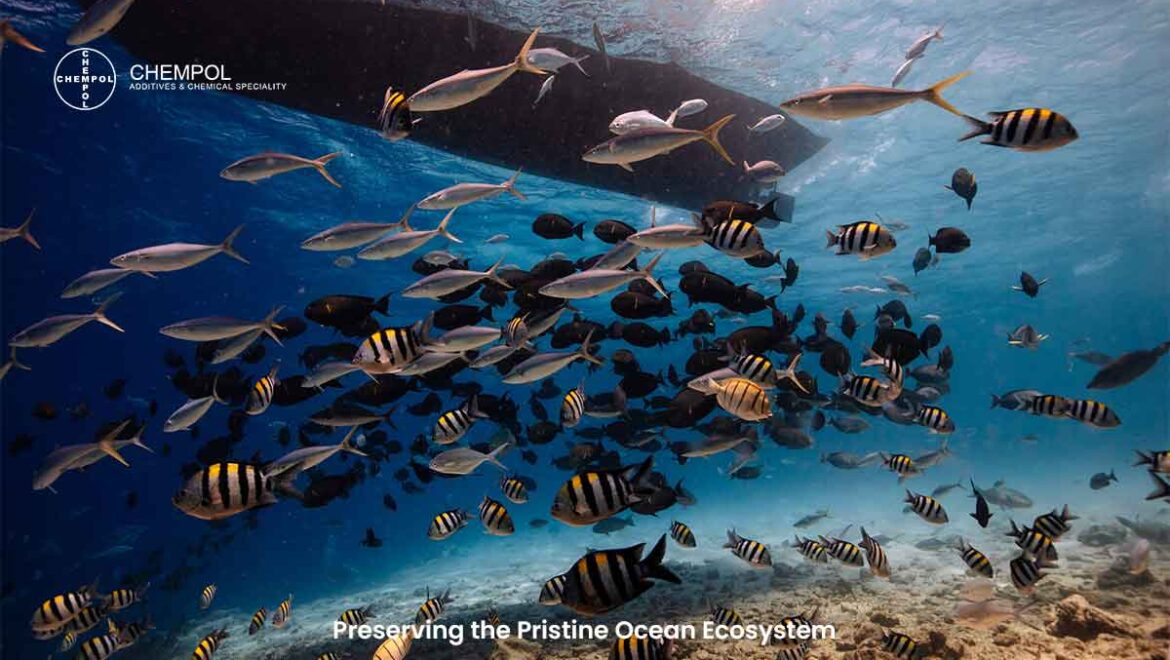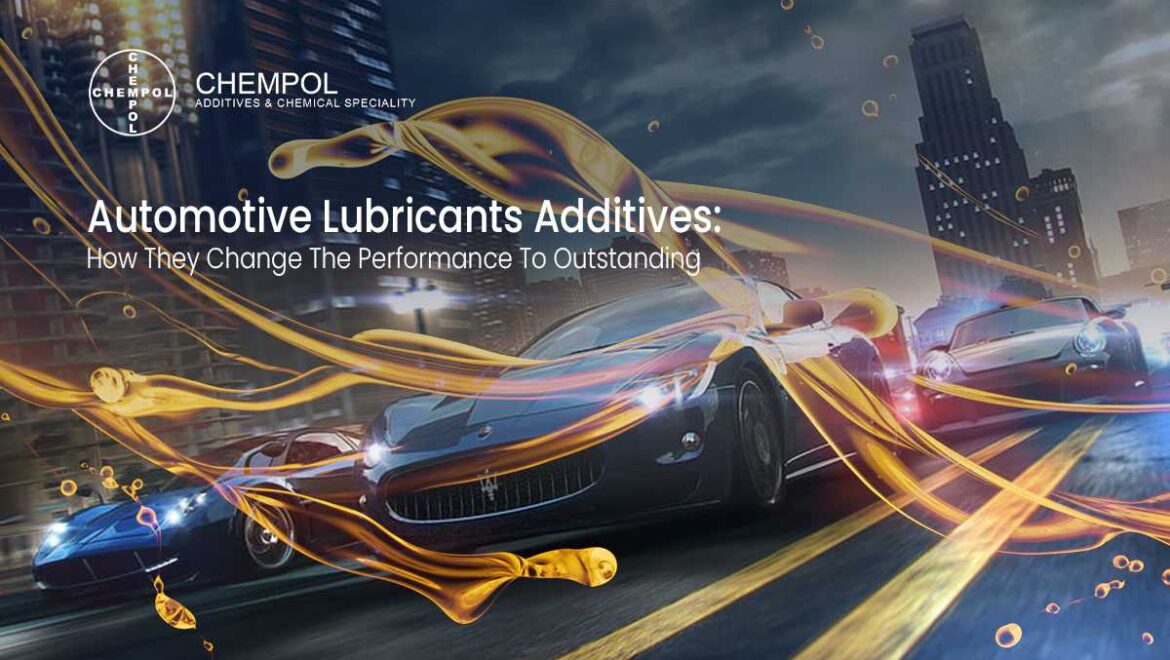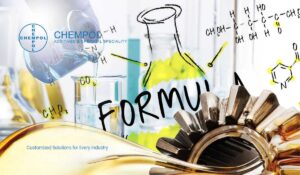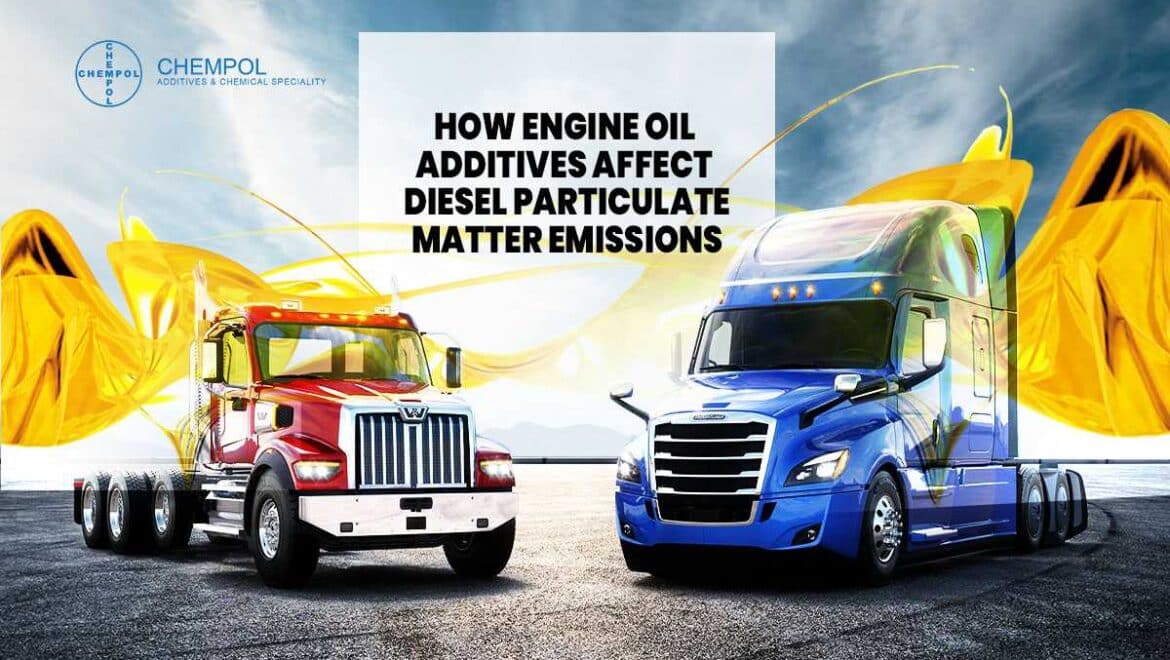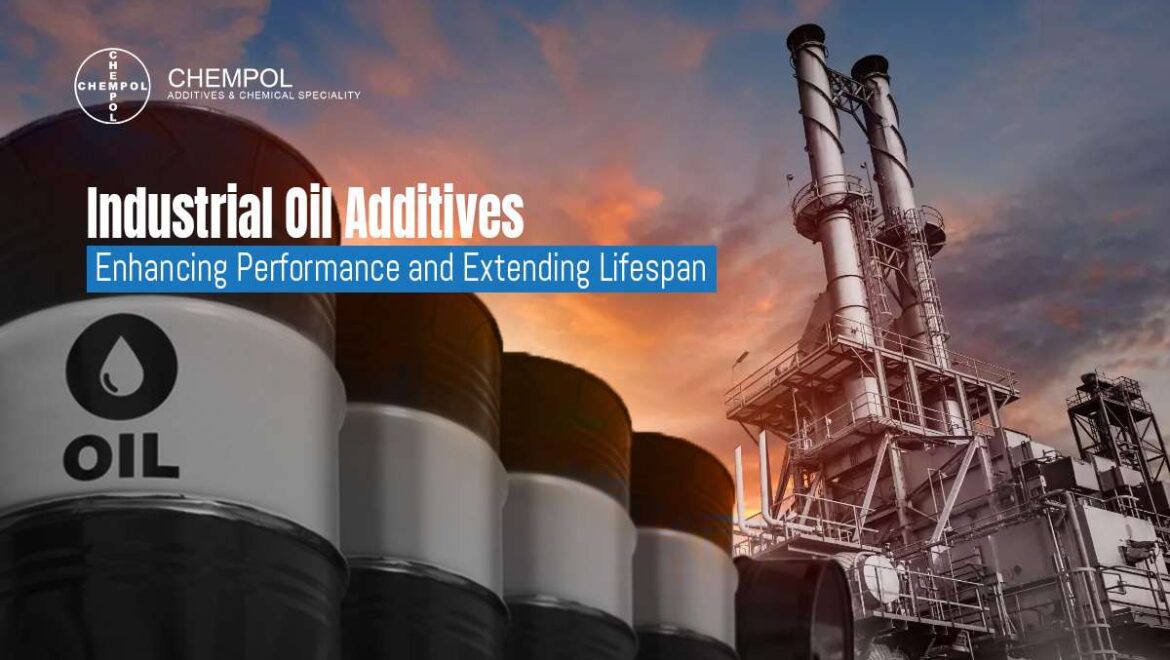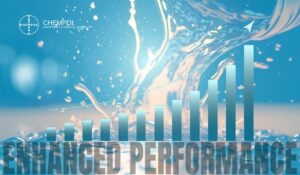Revolutionising Industrial Technology with Specialty Chemical Additives and Polymers in Lubricants
In the dynamic world of industrial lubrication, specialty chemical additives and polymers are pivotal elements. These components not only enhance the performance of lubricants but also adapt them to meet the demanding requirements of modern machinery and environmental standards.
Historical Overview
The journey of lubricant additives and polymers has been one of continuous innovation. Each era witnessed breakthroughs catering to evolving industrial needs, from rudimentary oils used in early machinery to today’s complex blends. The introduction of polymers, for instance, marked a significant leap in enhancing lubricants’ viscosity and temperature resistance.
Types of Specialty Chemical Additives and Polymers
There are a variety of chemicals to form a special additive. Each one of them serves a unique purpose.
Anti-wear additives reduce metal-to-metal contents:
- Viscosity index improvers
Viscosity index improvers maintain lubricant performance across temperature extremes from extremely warm to extremely cold.
- Detergents and dispersants
These forms of additives keep the engine clean by preventing deposit formation.
- Polymers
like polyamphaolefins and polyalkylene glycols have revolutionised lubricant formulations, thus offering improved stability and lubricity.
Advancements in Lubricant Technology
Recent advancements have been transformative. Synthetic lubricants, engineered at the molecular level, offer unparalleled performance. Nanotechnology, another frontier, introduces nanoparticles that significantly reduce friction and wear. These developments not only boost efficiency but also extend the lifespan of industrial components.
Industrial Applications and Benefits
The scope of these additives and polymers spans various sectors. In automotive, they enhance engine life and fuel efficiency. In aerospace, they ensure reliability under extreme conditions. Each application underlines a common benefit: heightened performance coupled with sustainability.
Influence of Additives and Synthetic Chemistry in Lubrication
Nanotechnology in the lubricant industry is not just a buzzword. It is a revolution. Lubricants can achieve a remarkable reduction in friction and wear by additions of nanoparticles.
Besides that, chemistry also plays an important role in enabling the creation of tailor-made molecules designed for specific applications.
Environmental consideration for using additives
Nowadays, sustainability is no longer an option. It is a necessity. Biodegradable and environmentally friendly additives are gaining popularity. This shift not only aligns with regulatory demands but also reflects a growing consciousness towards preserving our land. Moreover, the speciality chemicals companies are also focusing on new technology and research for making sustainable chemicals for a better future.
Future trends and predictions for the additives
- The future of additives and polymers is bright and filled with potential success.
- Advancements in bio-based materials and continued innovation in synthetic chemistry are set to redefine the standards of lubrication.
- The industry is balanced on the cusp of a new era where lubricants are not just functional fluids but are key players in sustainability and efficiency.
Industrial Challenges and Limitations
Even though the business has a bright future and is making progress, it needs some help. Some of the problems are environmental safety, rules that are hard to understand, and a market that is very competitive and where the cost of high-tech products is high. Furthermore, the lubricant business has to keep teaching people about the advantages and need for these additives within the industry.
Lubricants with unique chemical additives and polymers are the first signs of a new era in industry. They are more than just chemicals. They show us a future where performance, ecology, and efficiency can all live together in harmony with each new development. Adopting these improvements is not only good for businesses around the world, it’s also necessary for progress and being good to the earth.
Environmental protection:
Additives need to adhere to environmental requirements, particularly with regard to their biodegradability and potential waste output. Regulations often encourage the development of additives that are more environmentally friendly.
Standards for Manufacturing:
Strict workplace hygiene rules must be followed when making lubricant additives. The goal of these rules is to reduce the risks to workers and damage to the environment during the industrial process.
Labelling and Information Requirements:
Companies that make goods must give full details about the possible dangers of their goods. This includes putting safety information on the right labels and telling users and governmental bodies about it.
Following the rules for new additives:
Before they can be used in products, new additives specialty chemicals have to go through a lot of testing and approval steps. These steps check how well the additives work, how safe they are, and how they affect the world.
Adherence to Global and Regional Rules:
The additives business has to follow both global rules (like those set by the OECD) and regional rules (like the EU’s REACH regulation or the US EPA guidelines).
Chempol Glycols
Applications:
- Chempol Glycols can be used to make paint better by making it shinier and smoother when it dries.
- They help clean metals and floors when added to cleaning products.
- They are used in brake fluids, but adding too much might cause issues.
- They are used in making plasticisers, which are added to plastics to make them flexible.
- They are also used in oils that help cool and lubricate metal when it’s being cut or shaped.
Technical Properties:
| Parameters | BDGE | BTG |
| Pt/C0 color value, Maxt | 10 | 50 |
| Density @ 20 C (g/cm3) | 0.952-0.956 | 0.990-0.998 |
| Viscosity @ 20 C (mPa.s) | NA | 10-11 |
| Boiling range C | 228-232 | 265-350 |
| Refractive index n20D | 1.431-1.433 | 1.440-1.442 |
| Evaporation rate, Approx. | 3500 | 8000 |
| Flash point C | NA | 131 |
| Ignition temperature C | NA | 202 |
| Water %,max | 0.1 | 0.1 |
For BDGE:
Colour: It should be clear with only a slight tint (rated at 10 on a scale where the lower the number, the clearer the liquid).
Density: It’s slightly less dense than water (0.952-0.956 g/cm³; water is 1 g/cm³ at room temperature).
Viscosity: Not available (how thick or thin the liquid is; water is thin, honey is thick).
Boiling Range: It boils at 228-232°C (water boils at 100°C).
For BTG:
Colour: It’s darker than BDGE (rated at 50 on the colour scale).
Density: It’s almost as dense as water (0.990 – 0.998 g/cm³).
Viscosity: It has a known thickness (10-11 mPa·s, which is still quite fluid).
Boiling Range: It boils at a higher temperature range, between 265-350°C.
Chempol Brake Fluids (Brake Fluid Dot 3, 4 & 5.1)
Applications:
- Brake Fluid Dot 3, 4 & 5.1 are used in the brake and clutch systems of various vehicles like cars, motorcycles, and even heavy machinery.
- DOT 5.1 is for vehicles that need DOT 3, DOT 4, or DOT 5.1 fluids. It’s good for all brake parts and works better in cold weather because it’s less thick.
- DOT 4 is also for vehicles needing DOT 3 or DOT 4 fluids. It lasts longer and performs better than DOT 3.
- DOT 3 is for vehicles that specifically need DOT 3 fluid.
- Mixing different types of brake fluids is bad because it can mess up how the brakes work. These fluids also don’t mix well with other types of oils.
Product Benefits:
- The fluids help brakes work quickly and safely because they don’t boil easily.
- They last a long time before needing to be replaced.
- They’re safe for all parts of the brake system.
- They help prevent rust and remove water from the system.
- There are no leaks.
Specifications:
- DOT 5.1 meets more requirements and can be used in place of DOT 3 and DOT 4 if needed.
- They meet European quality standards.
Typical Characteristics:
- Density is about how heavy the fluid is. DOT 5.1 is heaviest, DOT 3 is lightest.
- Viscosity is how thick the fluid is. Lower numbers mean the fluid moves more easily at cold temperatures. DOT 5.1 is the thinnest at cold temperatures.
- The boiling points are different for each. DOT 5.1 has the highest boiling point, meaning it can handle more heat before it starts to boil.
- DOT 4 contains Boron, which helps in some brake fluid properties, but DOT 3 and DOT 5.1 do not.
- All three fluids pass corrosion tests, meaning they don’t damage the metal parts of the brake system.
Always check your vehicle’s manual to know which brake fluid is right for your vehicle.

